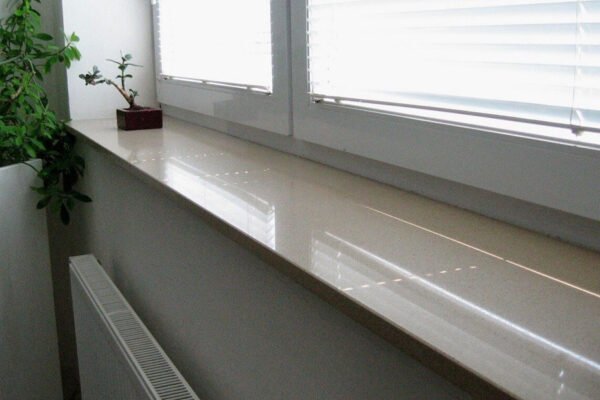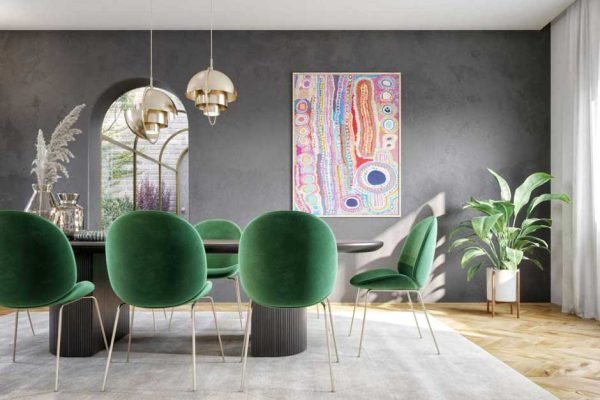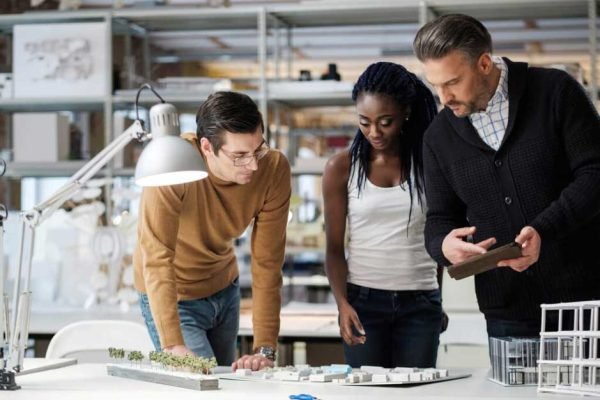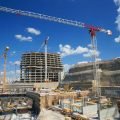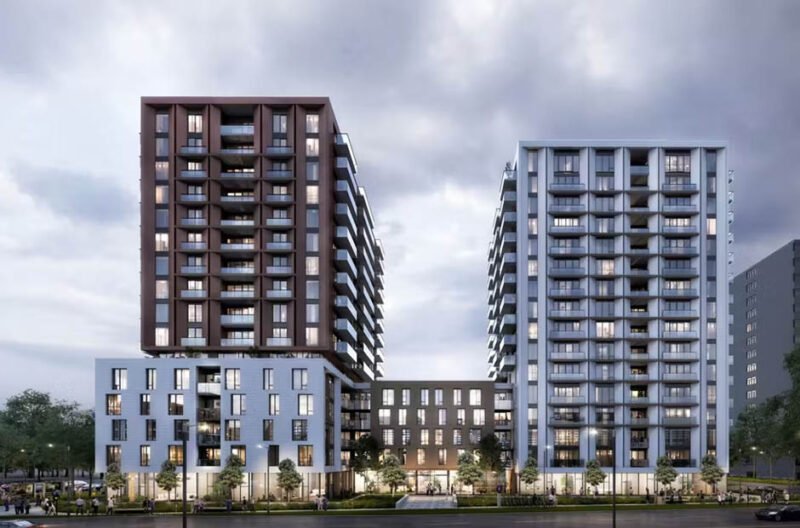
In the ever-evolving landscape of architecture and construction, the concept of longevity stands as a testament to both the craftsmanship of builders and the foresight of designers. Buildings aren’t merely structures; they’re investments in our future, meant to withstand the test of time while serving their purpose efficiently and safely.
However, achieving longevity requires more than just solid materials and sturdy foundations; it demands a comprehensive approach that integrates durability, sustainability, and adaptability. In this blog post, we delve into the blueprint for building longevity, exploring key strategies that ensure structures endure for generations to come.
Understanding the Foundation:
At the heart of any lasting building lies its foundation. A strong foundation provides stability, distributing the weight of the structure evenly and preventing settlement or shifting over time. Investing in high-quality materials, proper site preparation, and skilled construction practices during the foundation phase is crucial. Additionally, incorporating technologies such as deep foundations or pilings in areas prone to soil instability can further enhance resilience against natural forces like earthquakes or subsidence.
Choosing the Right Materials:
Choosing the right materials is fundamental when it comes to constructing a resilient building. Conventional choices such as concrete, steel, and brick have historically been favored due to their robustness and dependability. Nevertheless, the evolution of technology has brought forth a plethora of innovative options that not only bolster durability but also promote sustainability.
Take, for instance, the rise of engineered timber, which serves as a renewable substitute for steel and concrete, boasting remarkable strength-to-weight ratios. Additionally, the utilization of recycled and low-impact materials has emerged as a viable solution to reduce environmental impact while upholding structural integrity.
For instance, in regions like Utah, metal roofing has gained popularity for its durability and resilience against harsh weather conditions, further exemplifying the importance of selecting materials tailored to specific environmental factors.
Designing for Durability:
Incorporating principles of durability into the design phase sets the stage for a building’s longevity. This entails thoughtful consideration of factors such as climate, exposure to natural elements, and anticipated wear and tear.
Design features like proper drainage systems, durable exterior cladding, and efficient waterproofing techniques can mitigate moisture-related damage and extend the lifespan of the structure. Additionally, designing with flexibility in mind allows for future adaptations or expansions, ensuring the building remains functional and relevant over time.
Embracing Sustainable Practices:
Sustainability and longevity go hand in hand in the realm of construction. Building with sustainability in mind not only reduces environmental impact but also enhances resilience against changing environmental conditions.
Incorporating energy-efficient systems, utilizing renewable energy sources, and implementing green building certifications such as LEED (Leadership in Energy and Environmental Design) contribute to both environmental stewardship and long-term cost savings. Moreover, sustainable practices like responsible waste management and lifecycle assessments promote a holistic approach to building longevity.
Prioritizing Maintenance and Repairs:
Regular maintenance and timely repairs are essential for preserving a building’s integrity and functionality. Implementing a proactive maintenance plan that addresses minor issues before they escalate can prevent costly repairs down the line.
This includes routine inspections of structural elements, HVAC systems, plumbing, and electrical systems to identify potential vulnerabilities or signs of deterioration. Additionally, investing in quality materials and craftsmanship during repair work ensures longevity and minimizes the need for frequent interventions.
Adapting to Changing Needs:
A truly enduring building can adapt to evolving needs and circumstances. Flexibility in design allows for repurposing or retrofitting spaces to accommodate changing usage requirements or technological advancements.
Adaptive reuse, the practice of repurposing existing structures for new functions, not only preserves architectural heritage but also reduces the environmental impact of new construction. By designing buildings with adaptability in mind, we future-proof them against obsolescence and ensure their relevance for generations to come.
In Conclusion
Building longevity is not merely a goal but a commitment to craftsmanship, sustainability, and foresight. By integrating strategies such as robust foundations, durable materials, thoughtful design, sustainable practices, proactive maintenance, and adaptability, we lay the groundwork for structures that stand the test of time. As stewards of the built environment, it is our responsibility to ensure that each building we erect embodies the principles of longevity, serving as a beacon of resilience and endurance for future generations to admire and appreciate.


